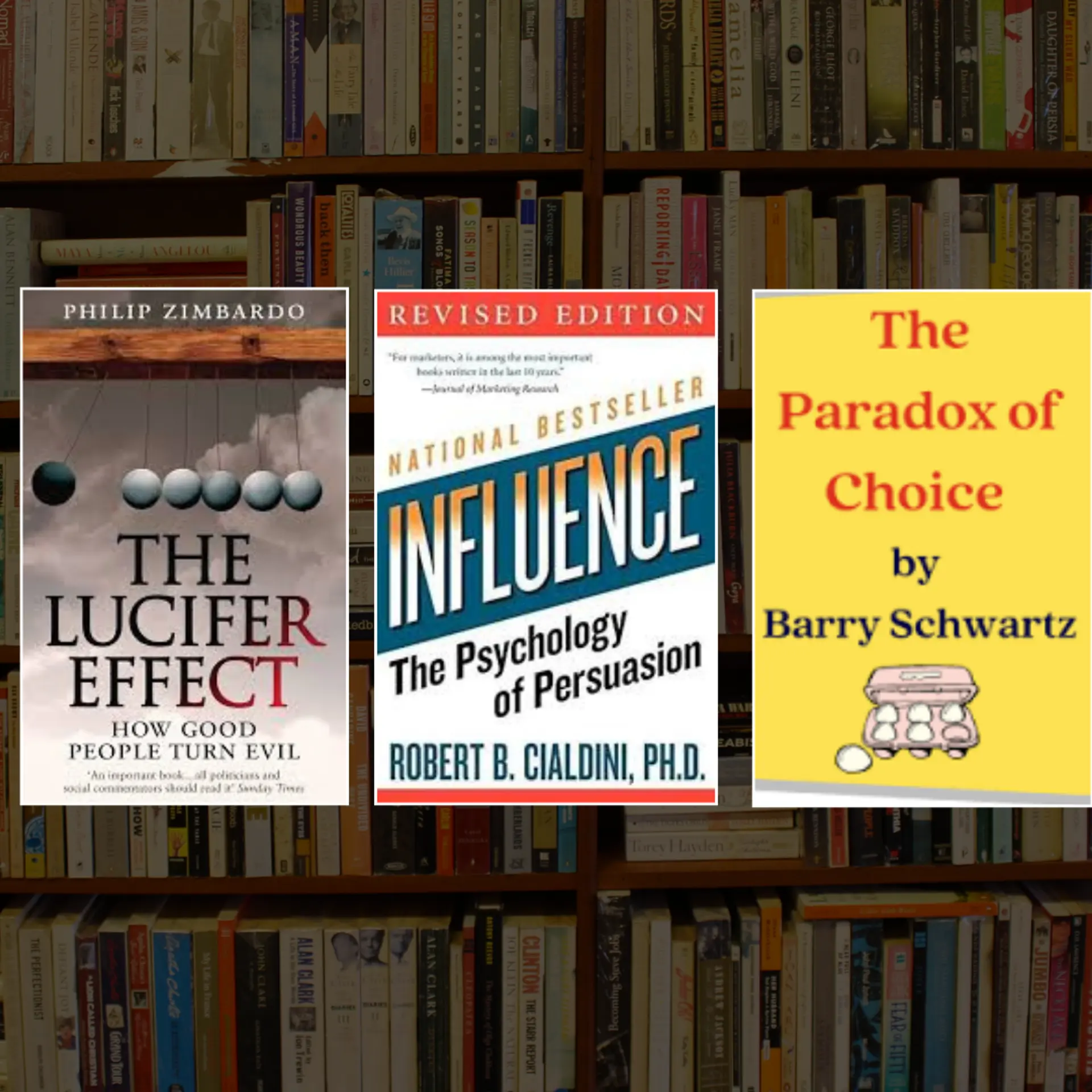

Integrating AI and AR with Sales Force Automation
Artificial intelligence in business now means a forward-thinking approach to all operations right from strategy and sales to marketing and finance. When we think about AI now, none of the foundation research or futuristic possibilities of Alan Turing comes to mind. Instead, we think about solutions that are shaping our world right here and right now.
A study shows that by 2035, artificial intelligence will have increased business productivity and performance by 38 percent. The need for personalization, automation, and informed decision-making has accelerated the pace of development in AI.
Augmented reality helps businesses offer an immersive experience to their customers so that they make informed buying decisions. By providing them a look and feel of the experience they might have with your product or service, you can find the right buyers and appeal to them in the most tech-savvy manner.
Lead generation and qualification have traditionally been a cumbersome and time-consuming process. With sales force automation, several tasks that usually hogged valuable hours of sales professionals are now getting done with or even without a few clicks.
Put these three technological pieces together, and you have the opportunity to convert faster, smoother, and cheaper.
What Happens When we Put AI and AR into Sales Force Automation
Gartner predicts that the Sales Force Automation market is expected to be worth $8 Bn by 2023. However, to sustain the current market growth and adoption rate, SFA platforms will need to evolve and be future-ready with technologies such as AI and AR.
Here’s how businesses stand to gain from the mix:
● Sales forecasting - When are your leads and customers most likely to buy and what would they? Gauging these factors in the buying history, the customer’s company structure, their shopping patterns, and so on. 34% sales are made based on the propensity to buy instead of intuition. AI can help put this data together and harness it to learn about the customer’s buying preferences. Forecasting sales can help businesses plan ahead of time for a surge or dip in their demand.
● Streamline communication - With a mobile sales force automation software equipped with AI and AR capabilities, team members can access real-time information without having to wait around for their managers or colleagues to guide them. Ceterna suggests that streamlining communication can bring up-to 44% sales productivity in teams. Through proper communication, sales and marketing teams are in a better position to collaborate and coordinate their efforts, leading to the more widespread use of resources and knowledge.
● Visual information - With Augmented Reality, multimedia content can reach learners who find value in it. A majority of the population today are visual learners, and this can be the perfect kind of immersive learning experience they can expect. To pass on organizational knowledge to newcomers, AR can prove a critical force.
● Customer assistance - With augmented reality, you need not stop at delivering products or equipment. With predictive maintenance services powered by AI and IoT, you can remotely assist customers with any anomalies they face in the product. AR will help you gain the benefit of an immersive experience to help customers with the functioning of your product or fixing any issues.
● Accelerated sales - With data analytics and artificial intelligence, you can hope to achieve acceleration in sales and conversion. As more and more data becomes available to businesses across various touch points, analytics can help use that data to automate functions, personalized services, and products, and deliver a seamless experience that sets your business apart.
● Sales strategy - By averaging AI and ML, a sales force automation solution can map out an overall sales strategy, pricing strategy, branding strategy, and lead to more intelligent decision making and execution. By making the sales process more targeted and personalized, you can appeal to customer pain points and address their unique needs.
Take the example of IKEA Place, an app that allows customers to place furniture pieces in their office or home settings and get a feel of what they would get. The app puts AI and AR together to deliver a seamless experience to the users.
Since buyers can perceive the value in advance before they have to shell out money, they find the process useful.
In all industries, when customer experience has become a key differentiator for brands, you're up against the likes of Facebook, Amazon, and Apple.
Do you have the solutions to woo your audience?



![Get more Views on YouTube for FREE [Complete Guide]](https://images.yourstory.com/cs/1/c0899f40-0509-11e9-9820-1f4fb7912c4d/Get_more_Views_on_Youtube_complete_guide1561245757751.jpg?mode=crop&crop=faces&ar=1%3A1&format=auto&w=1920&q=75)


